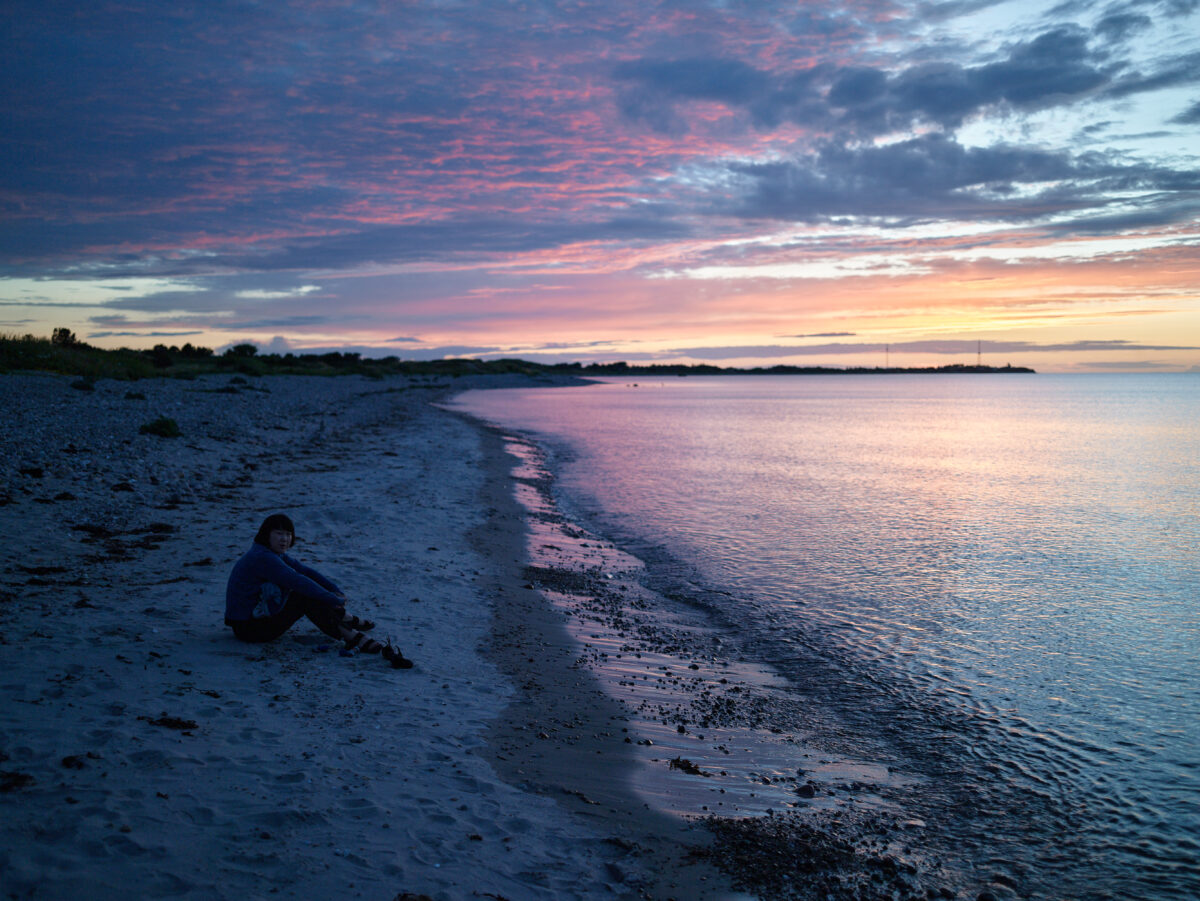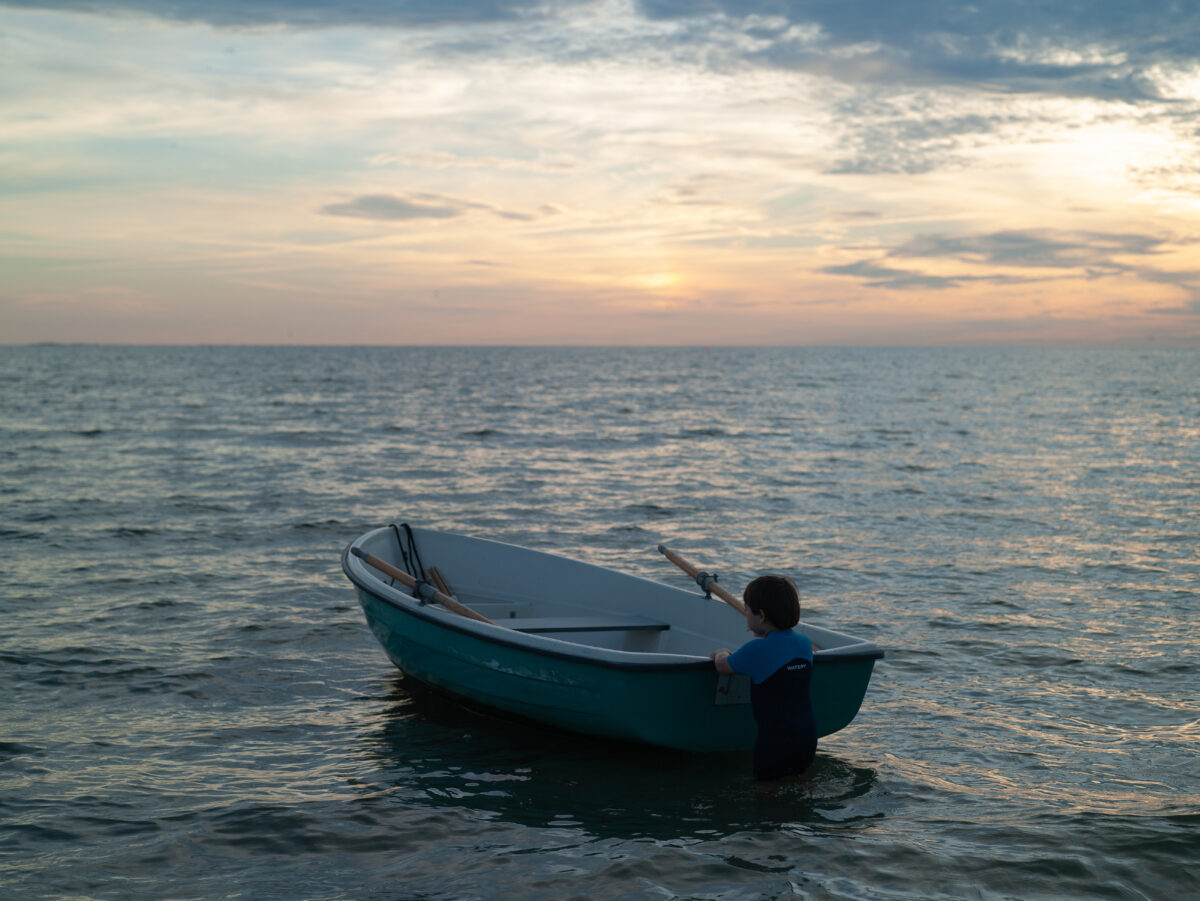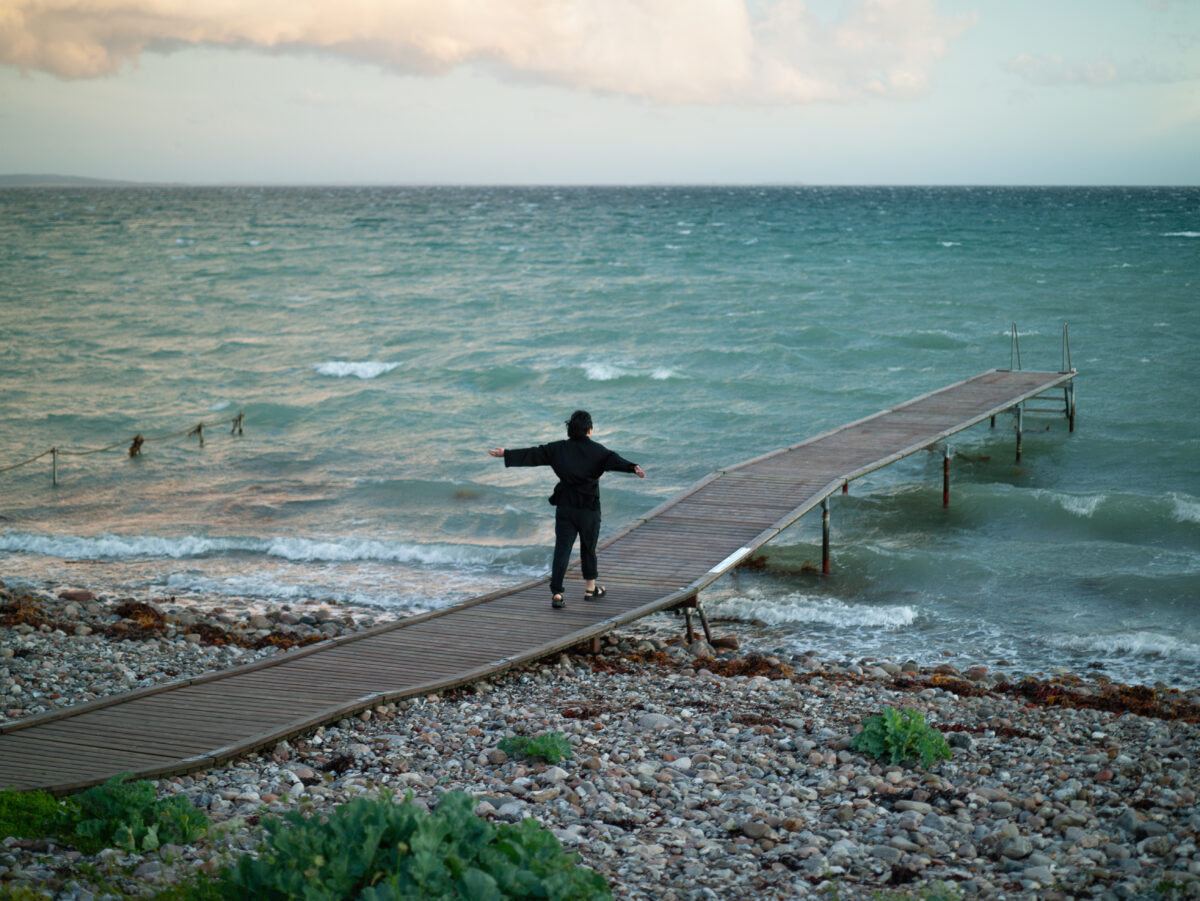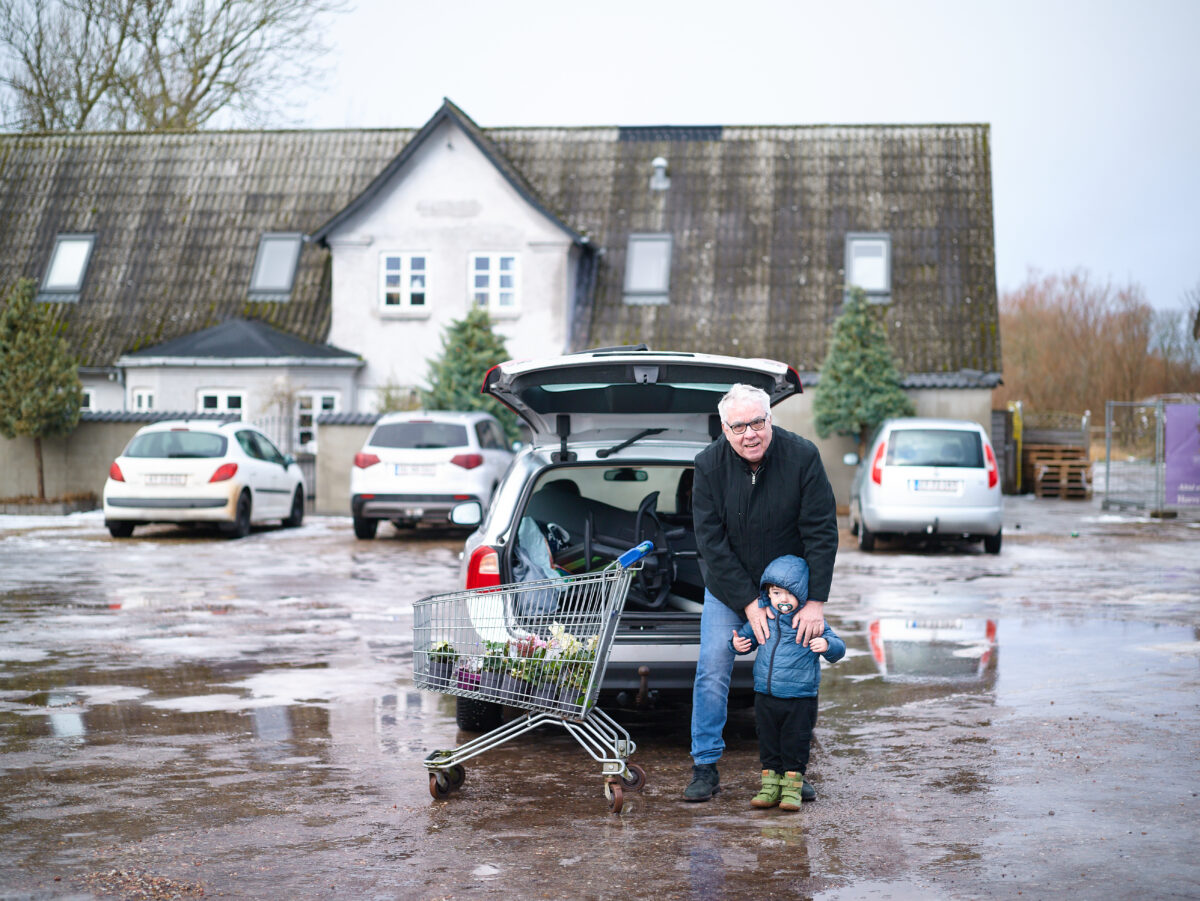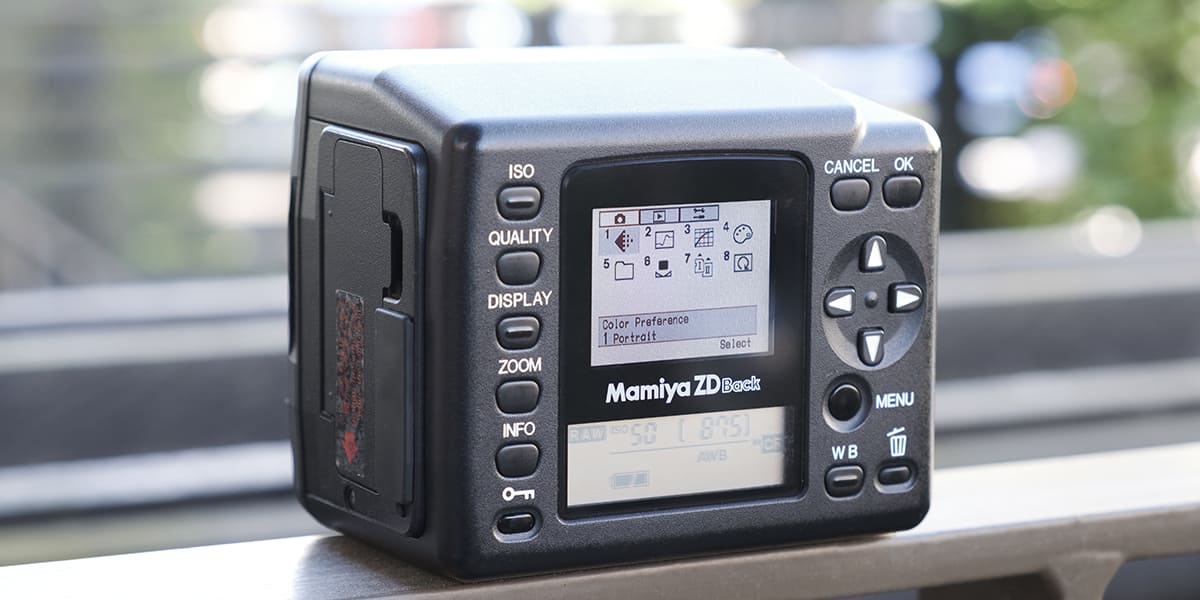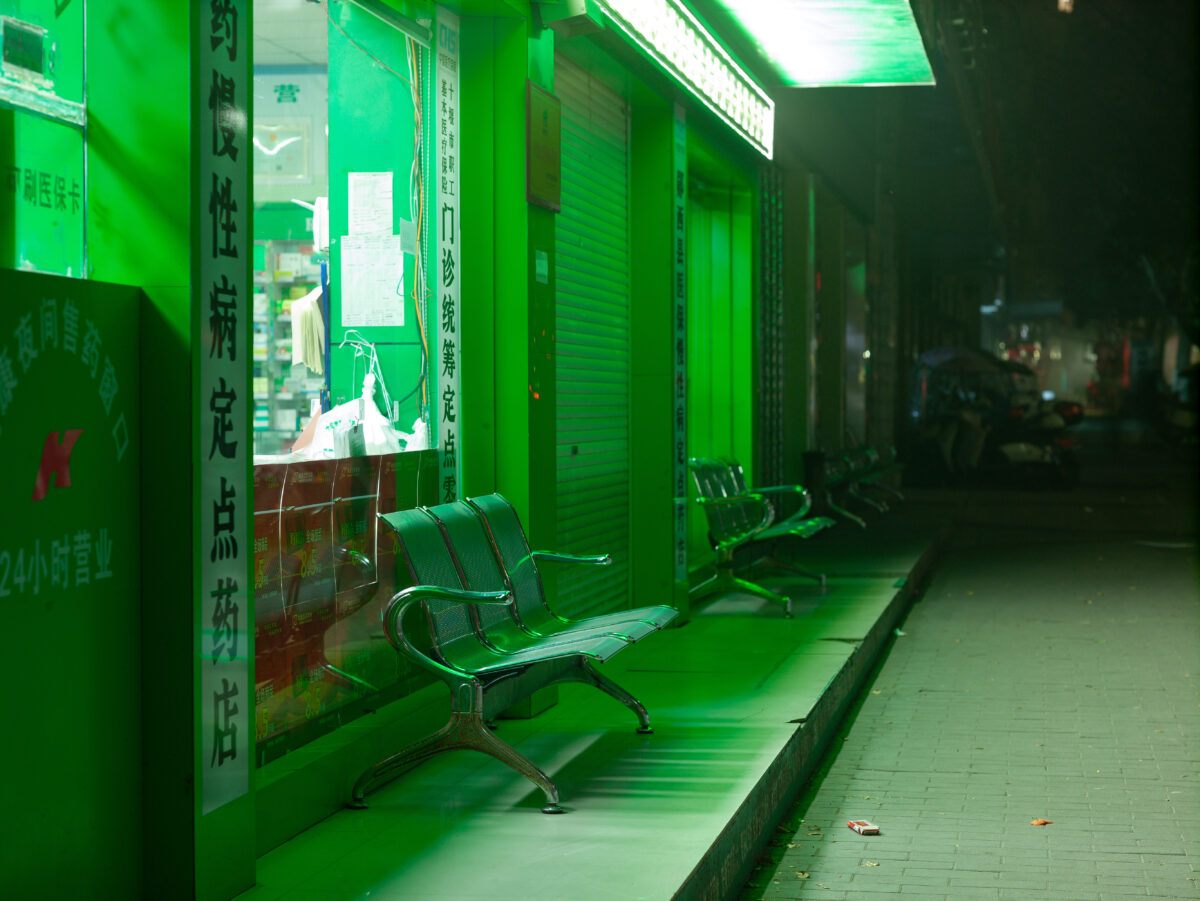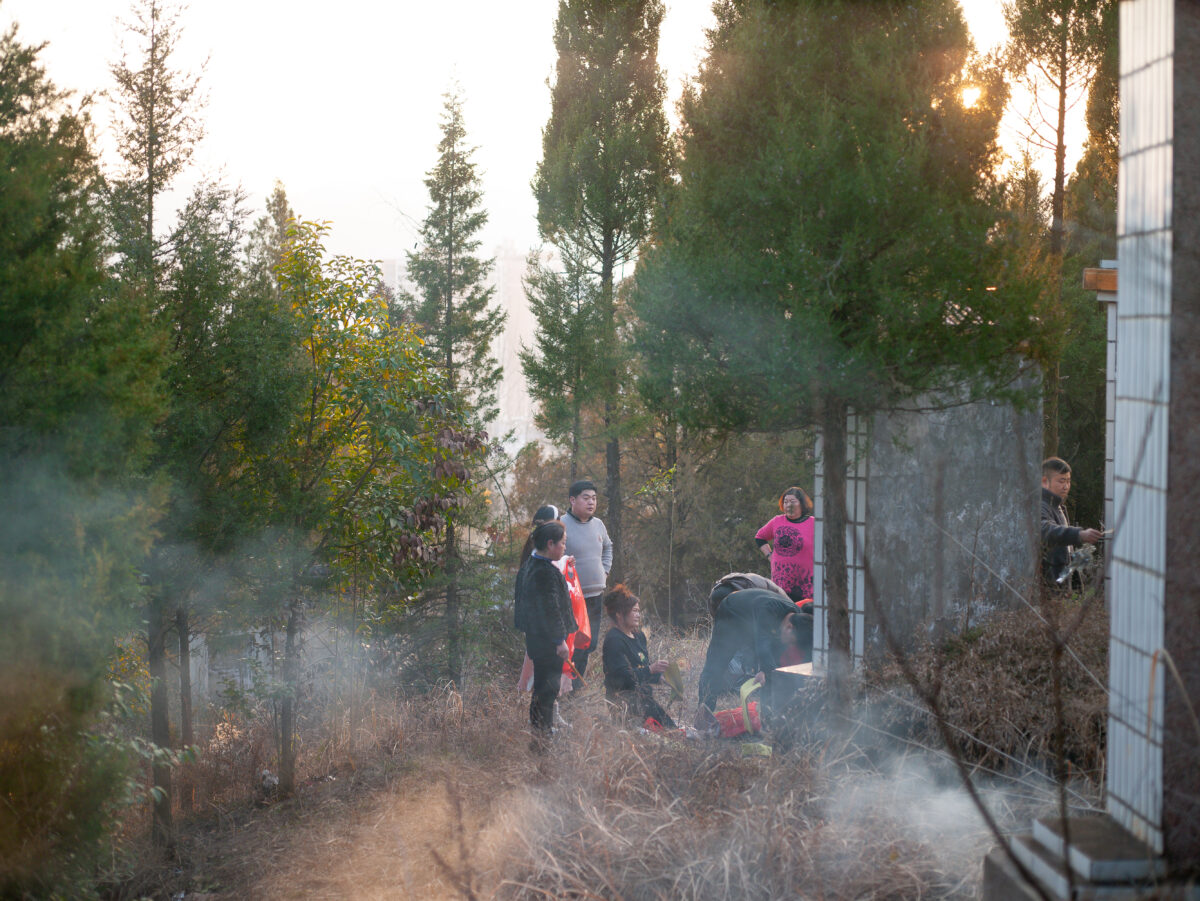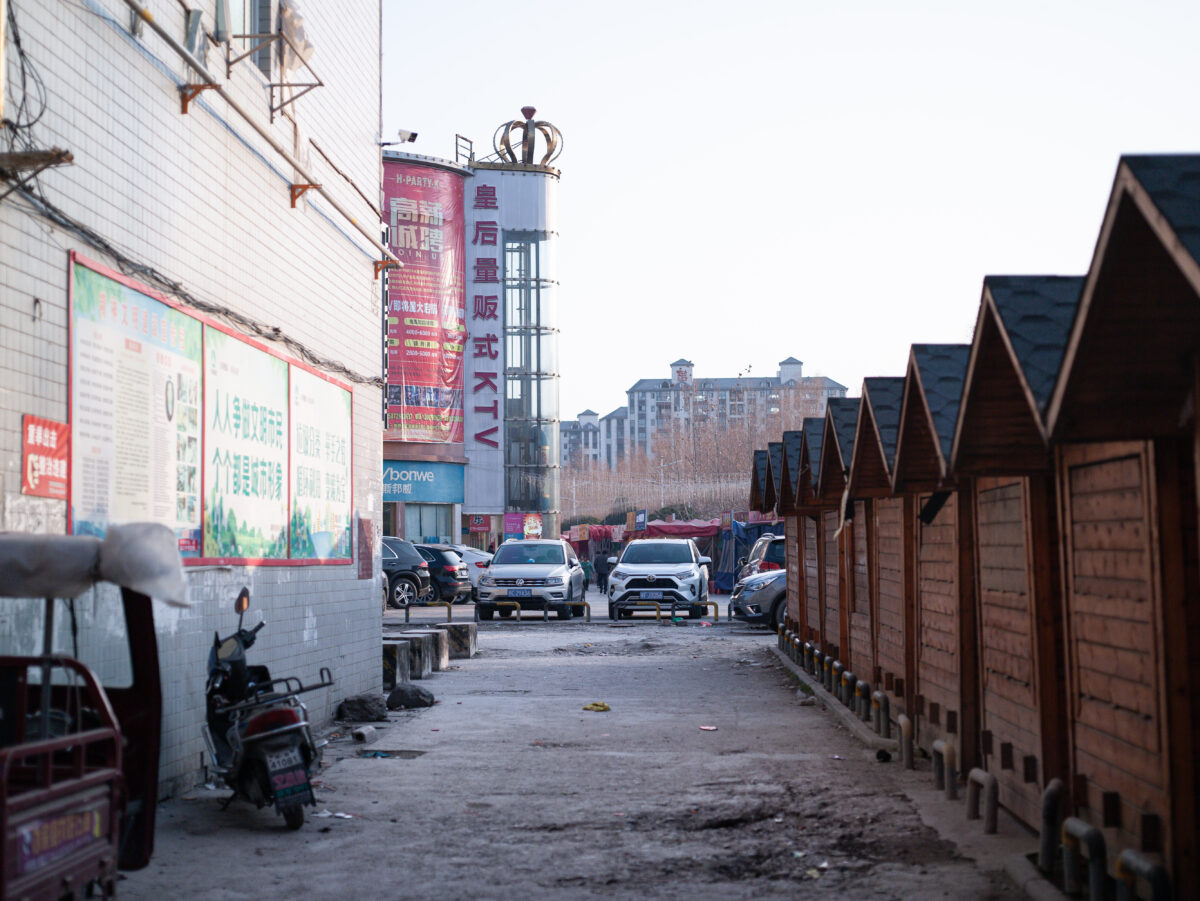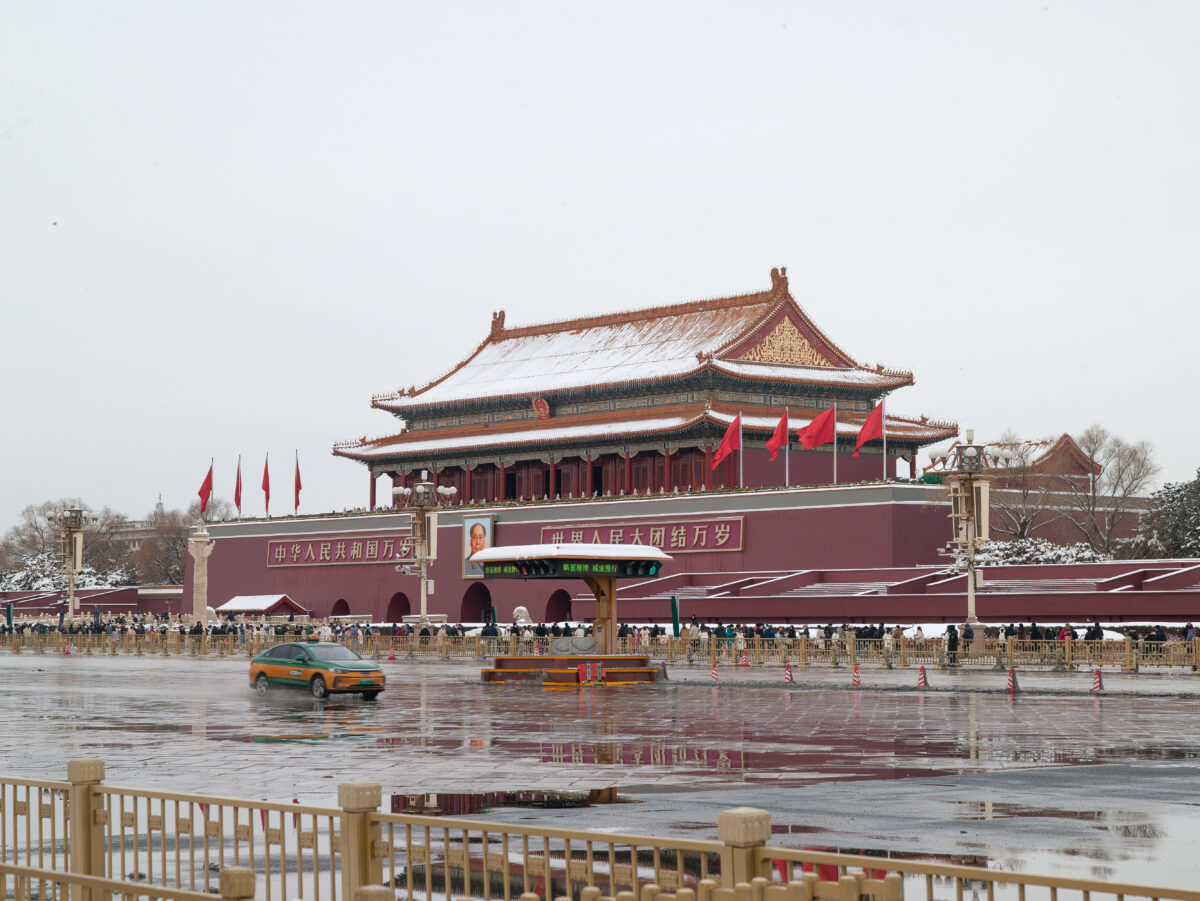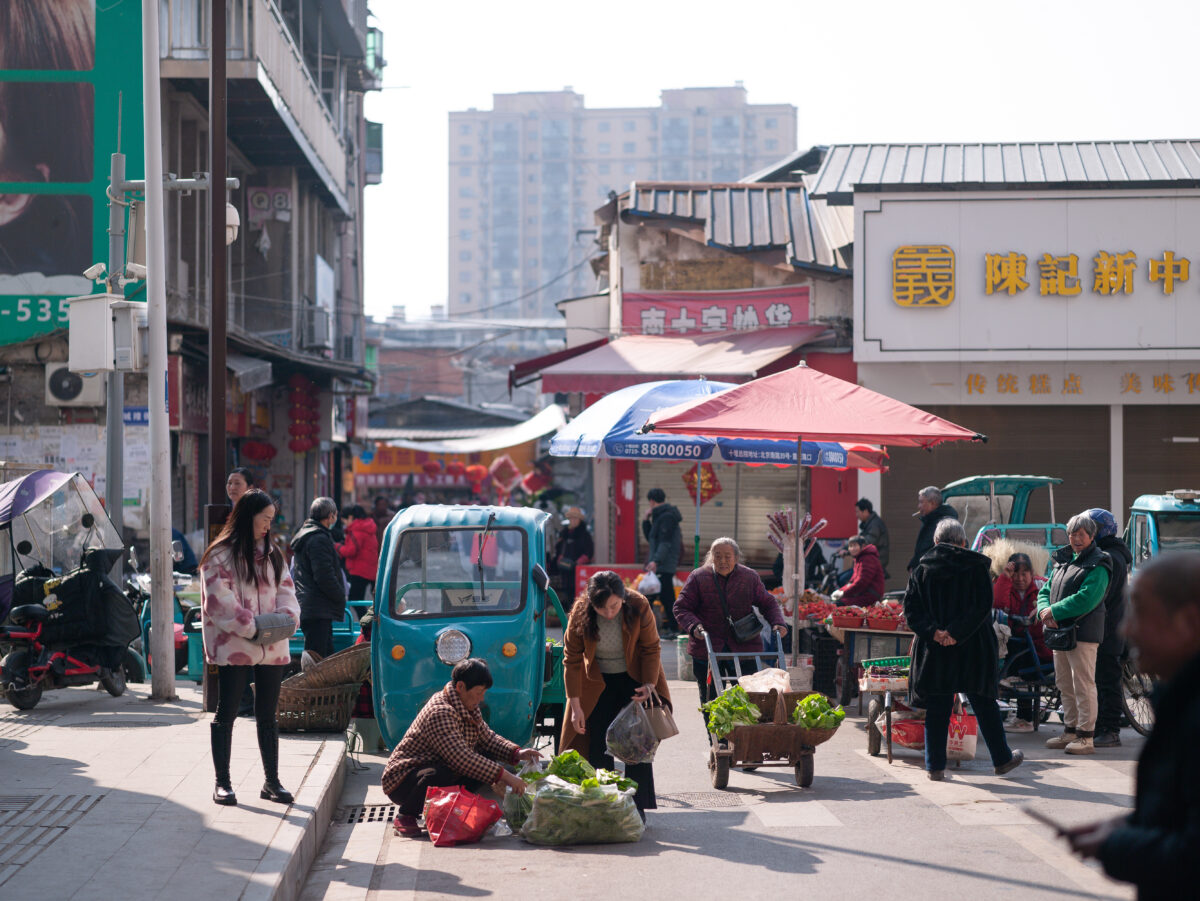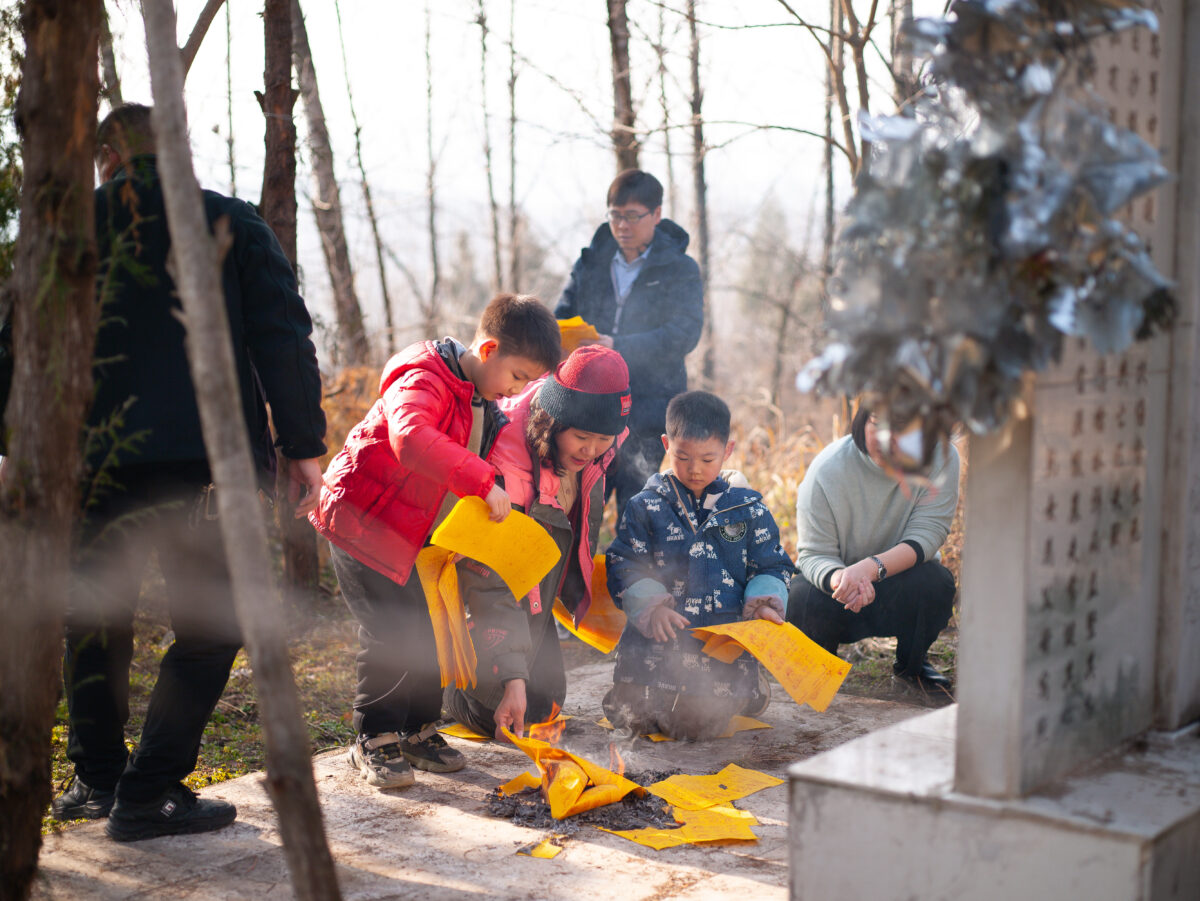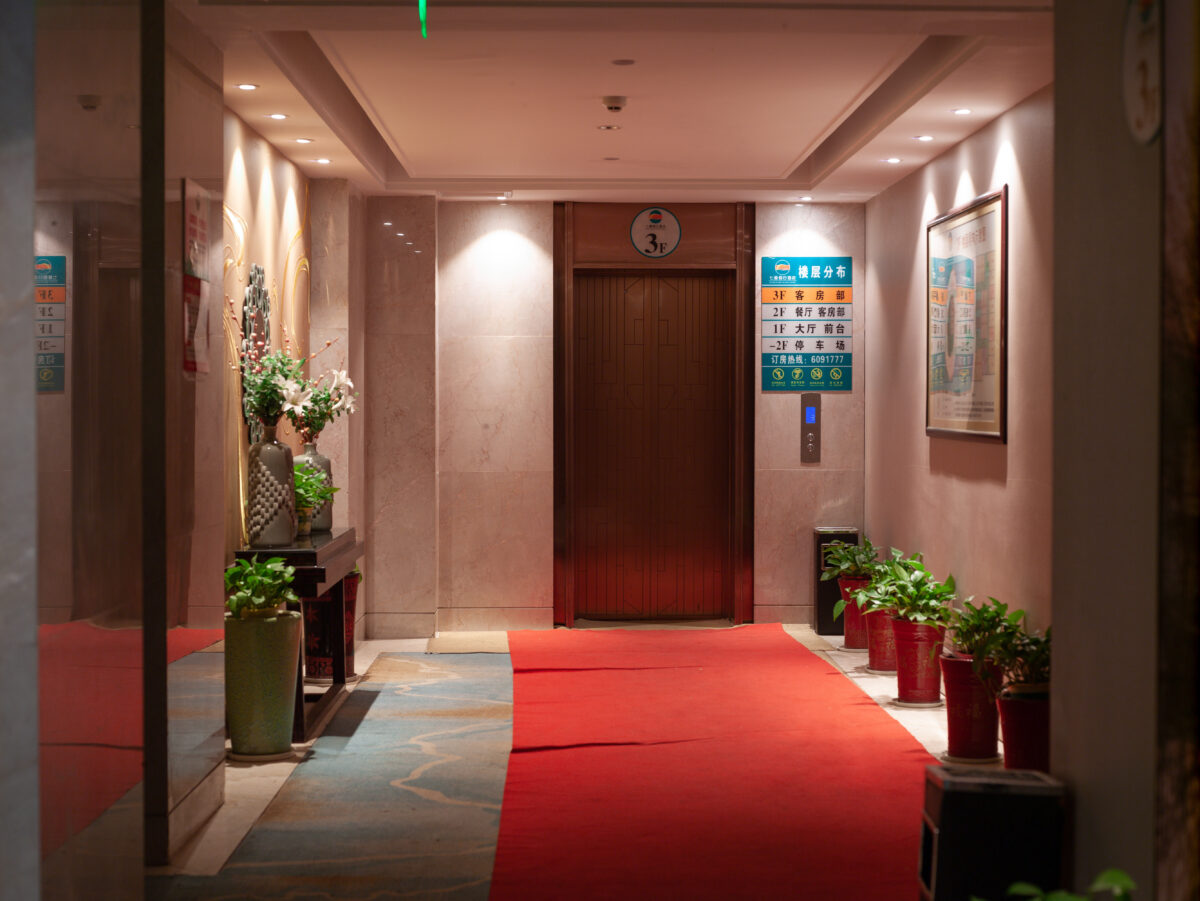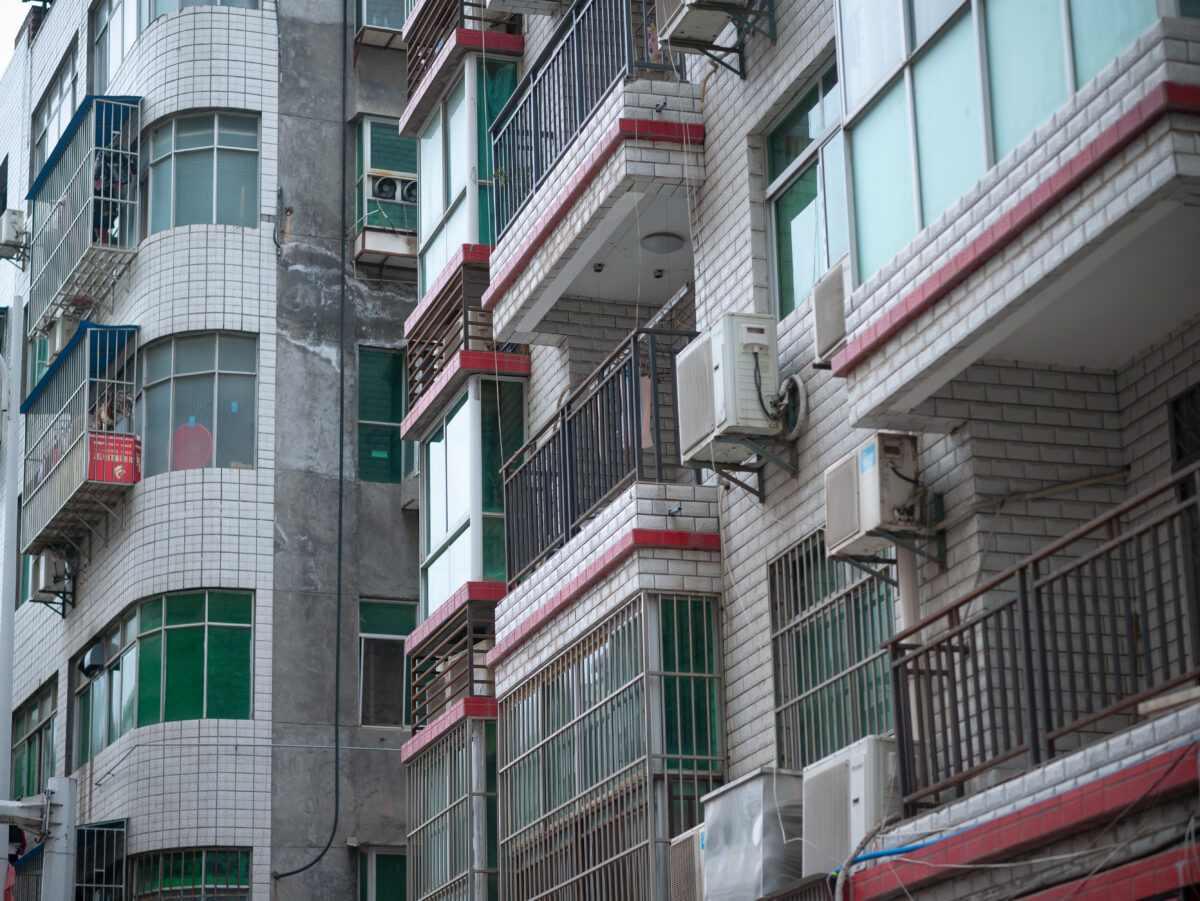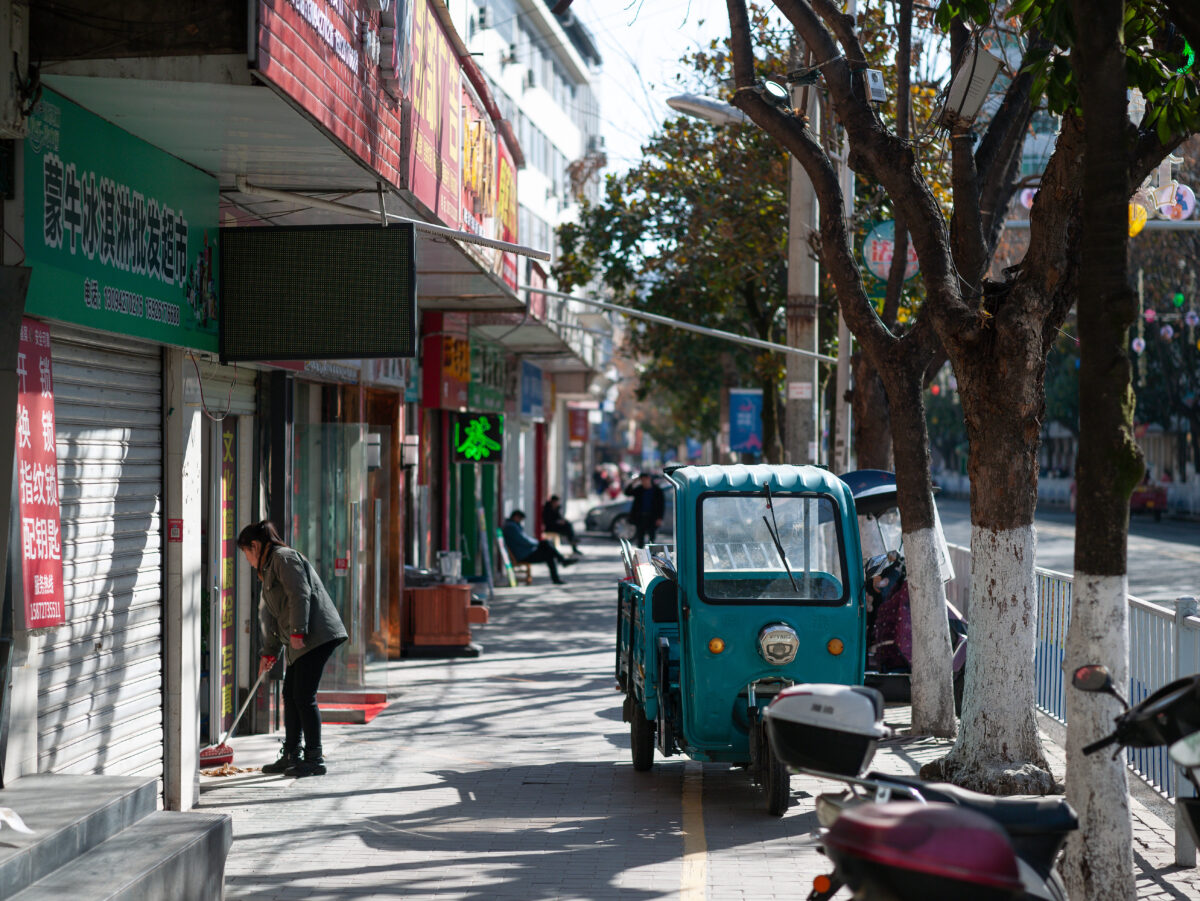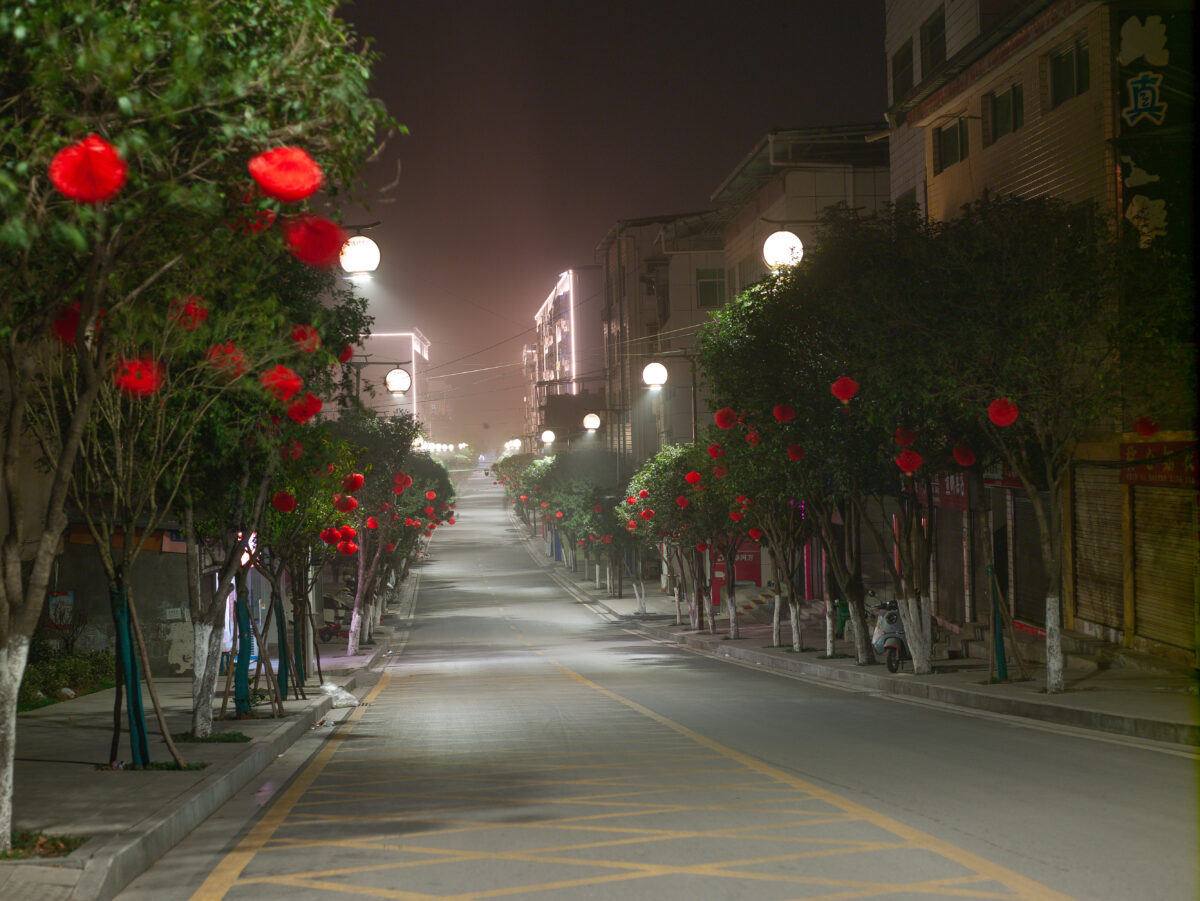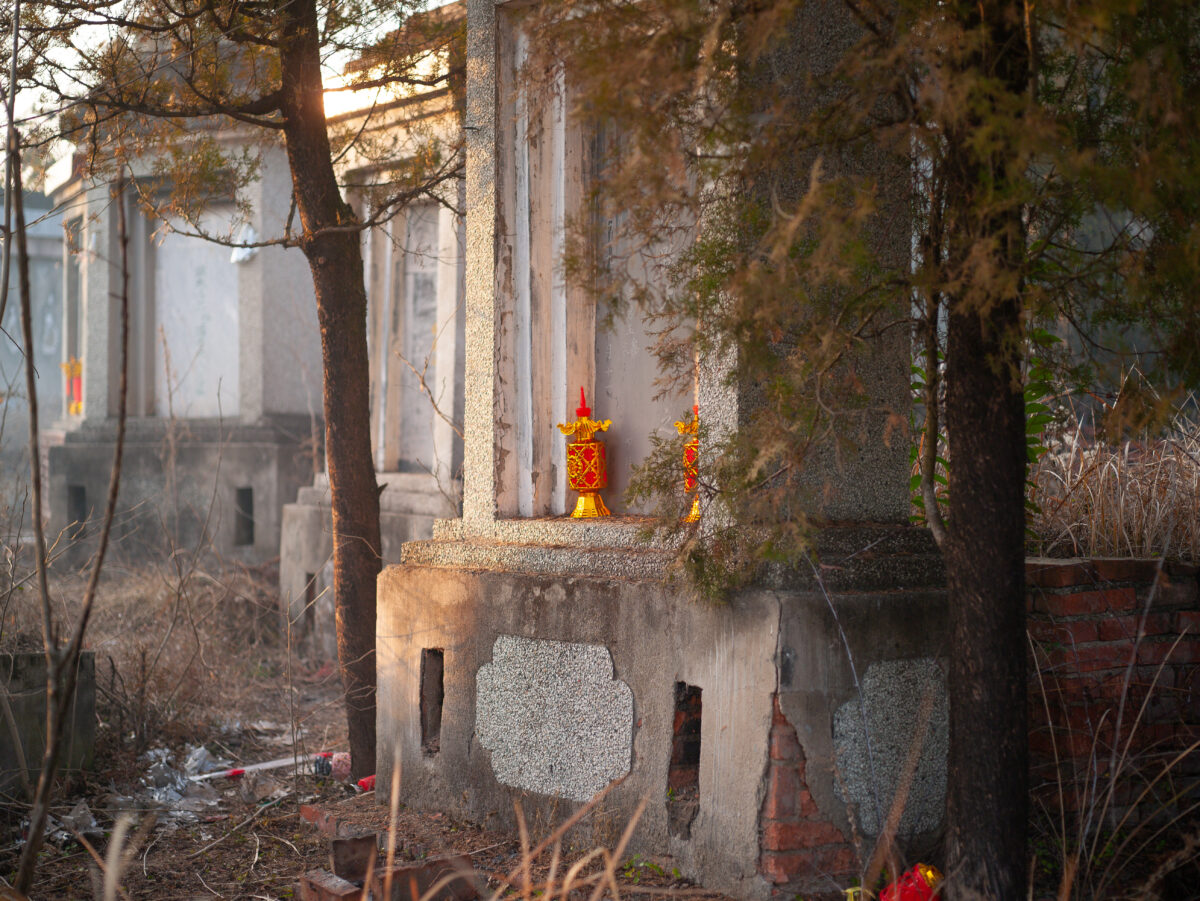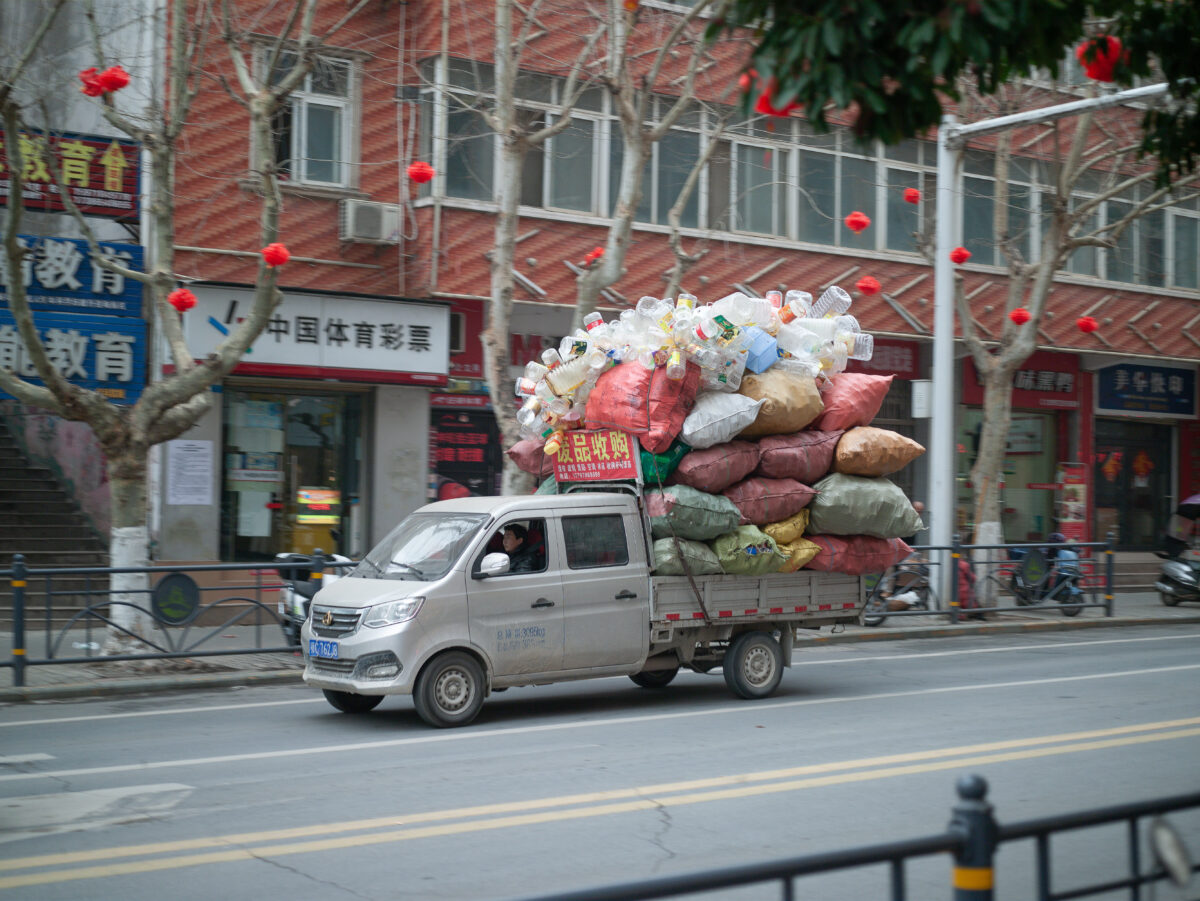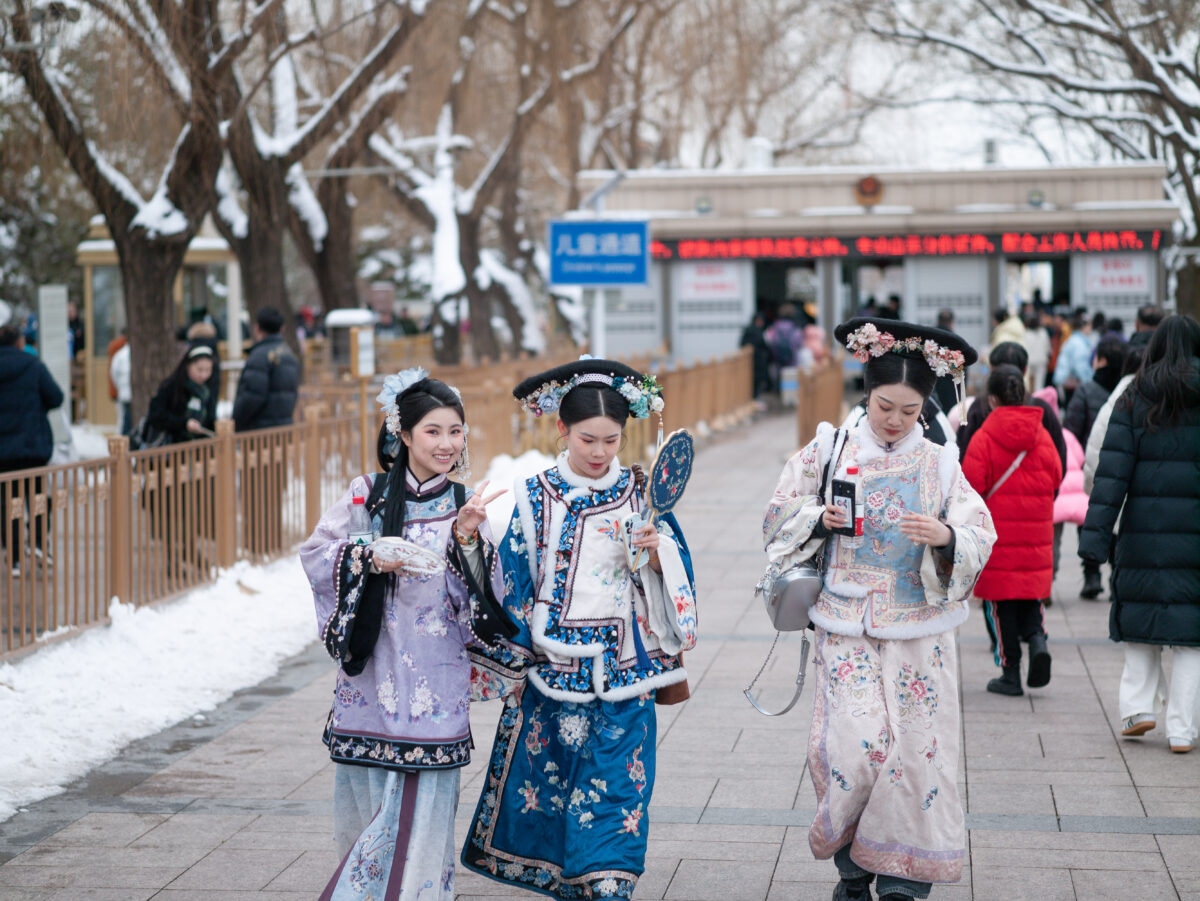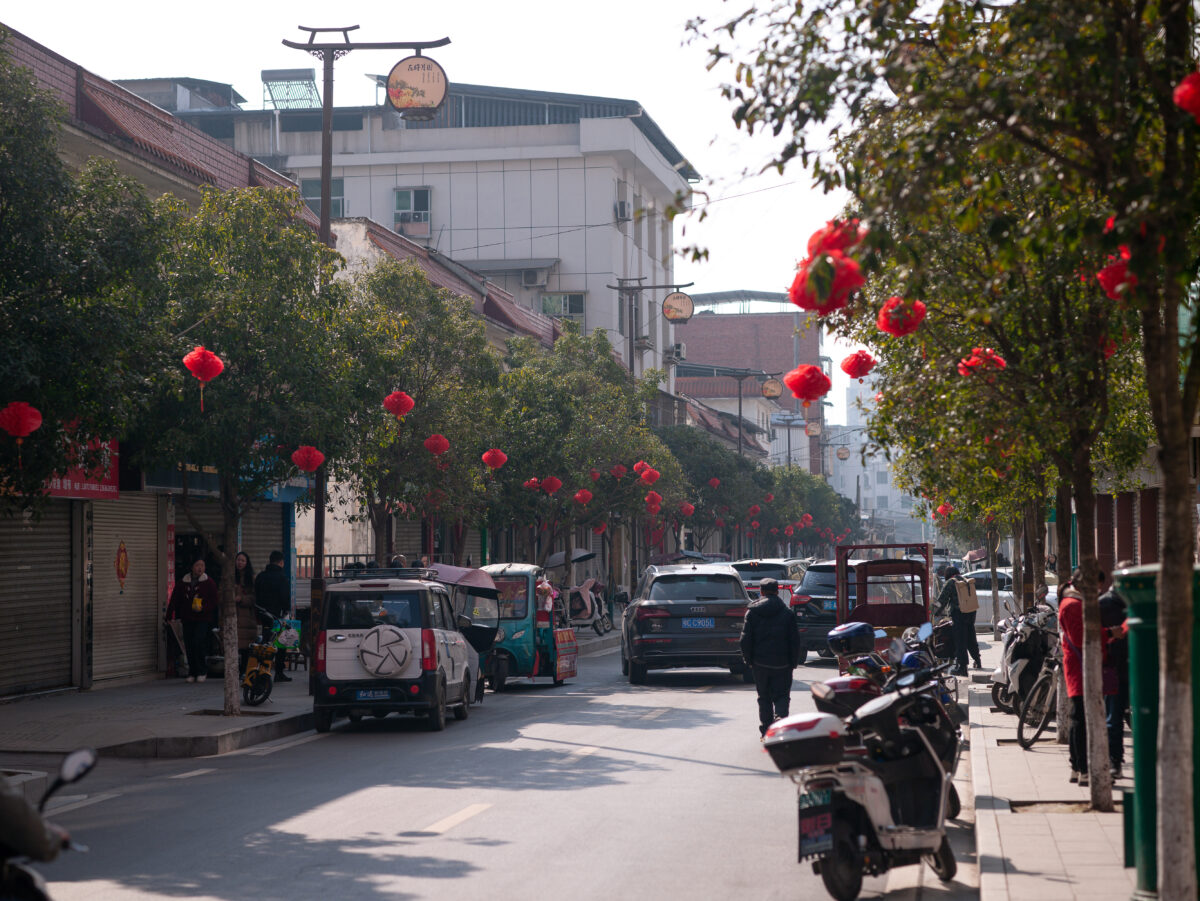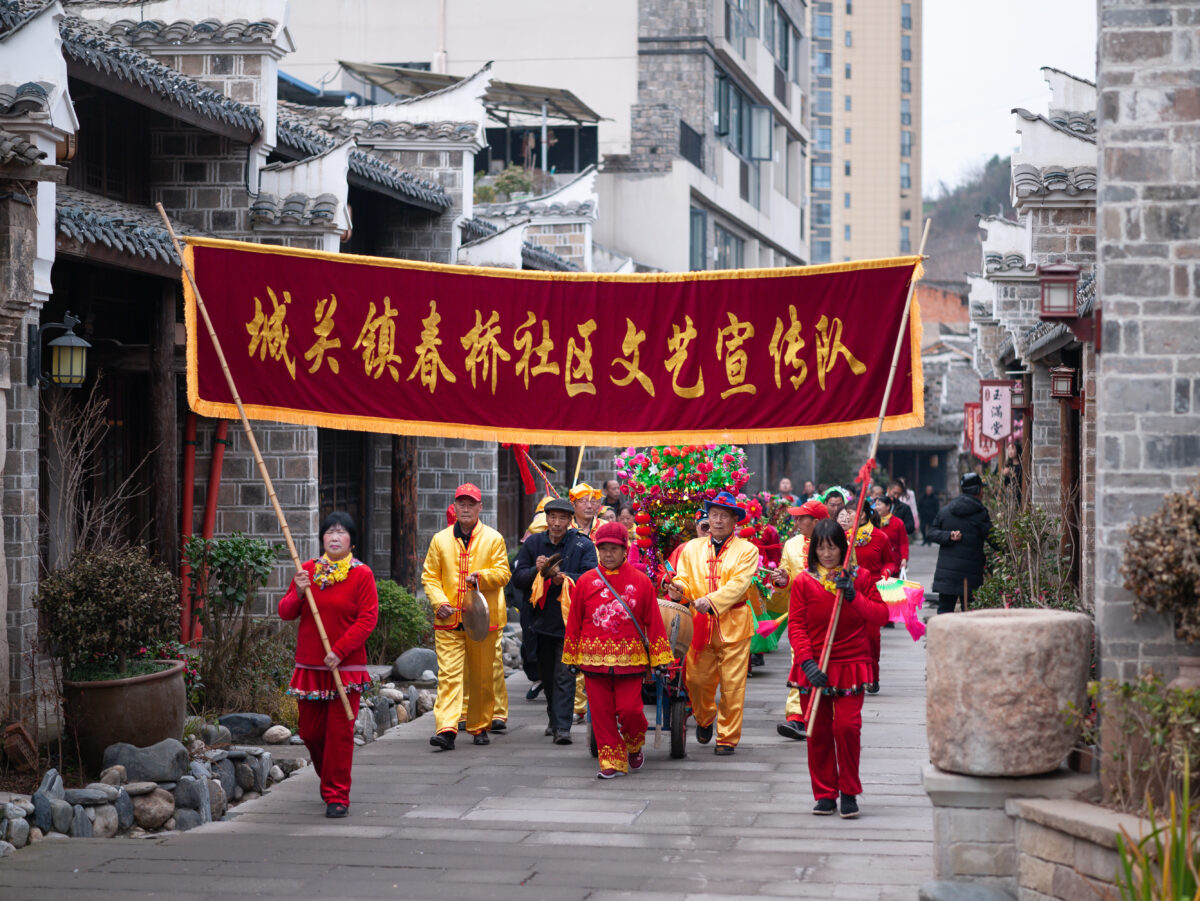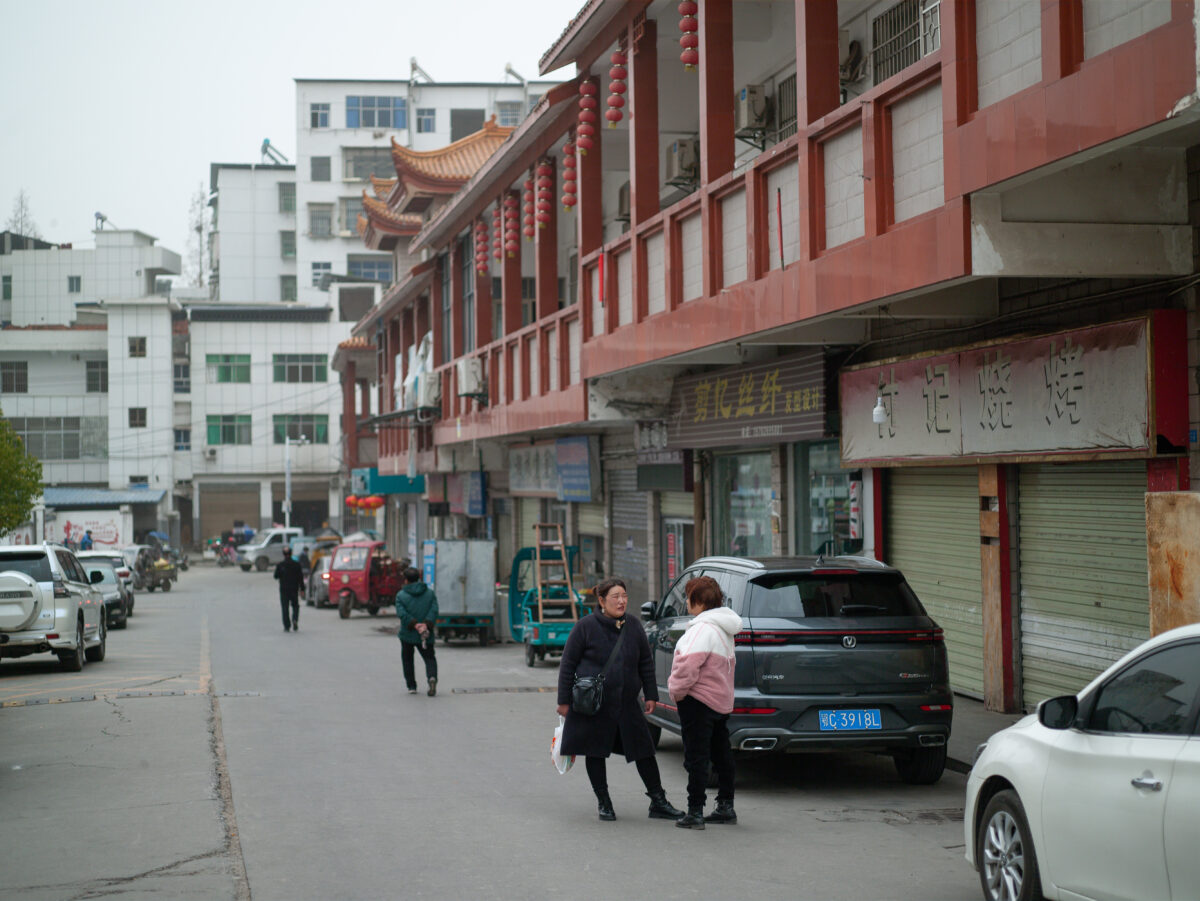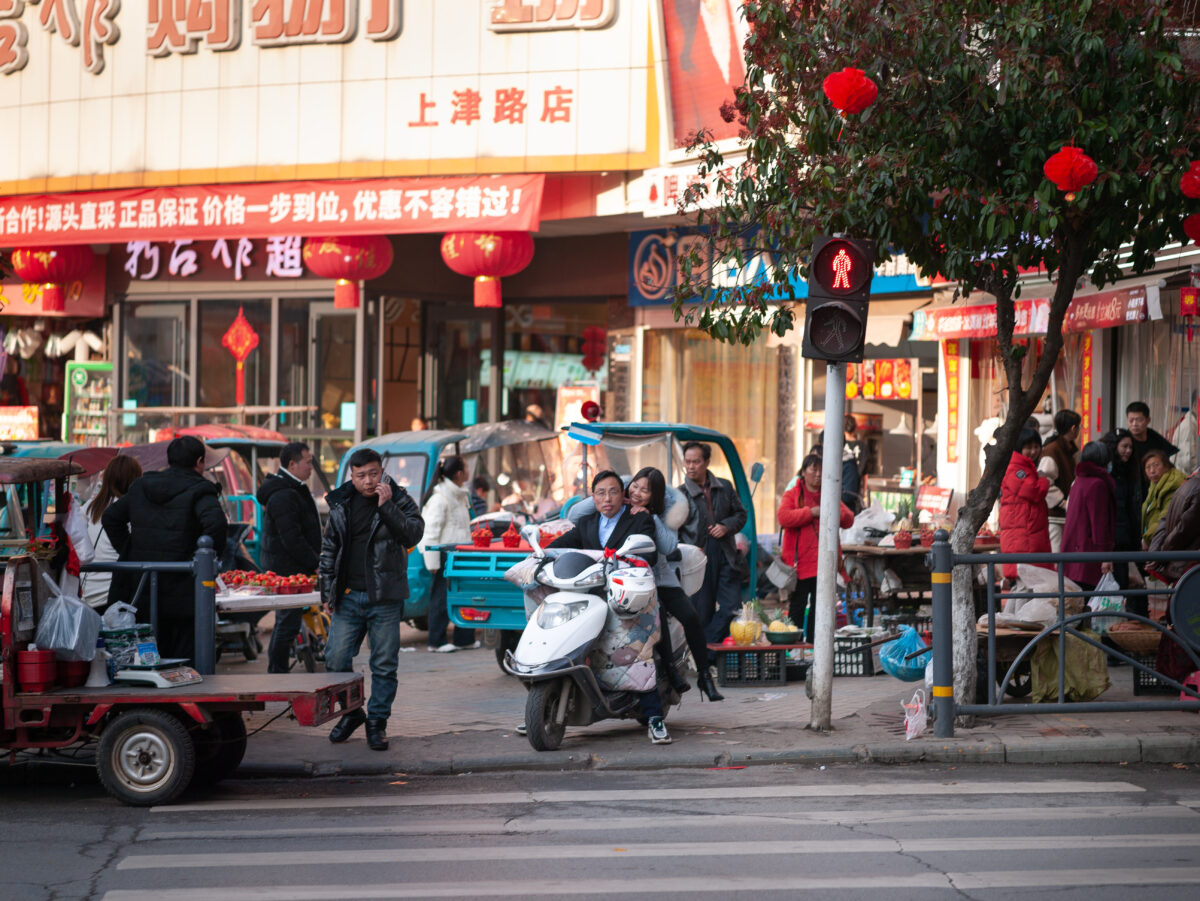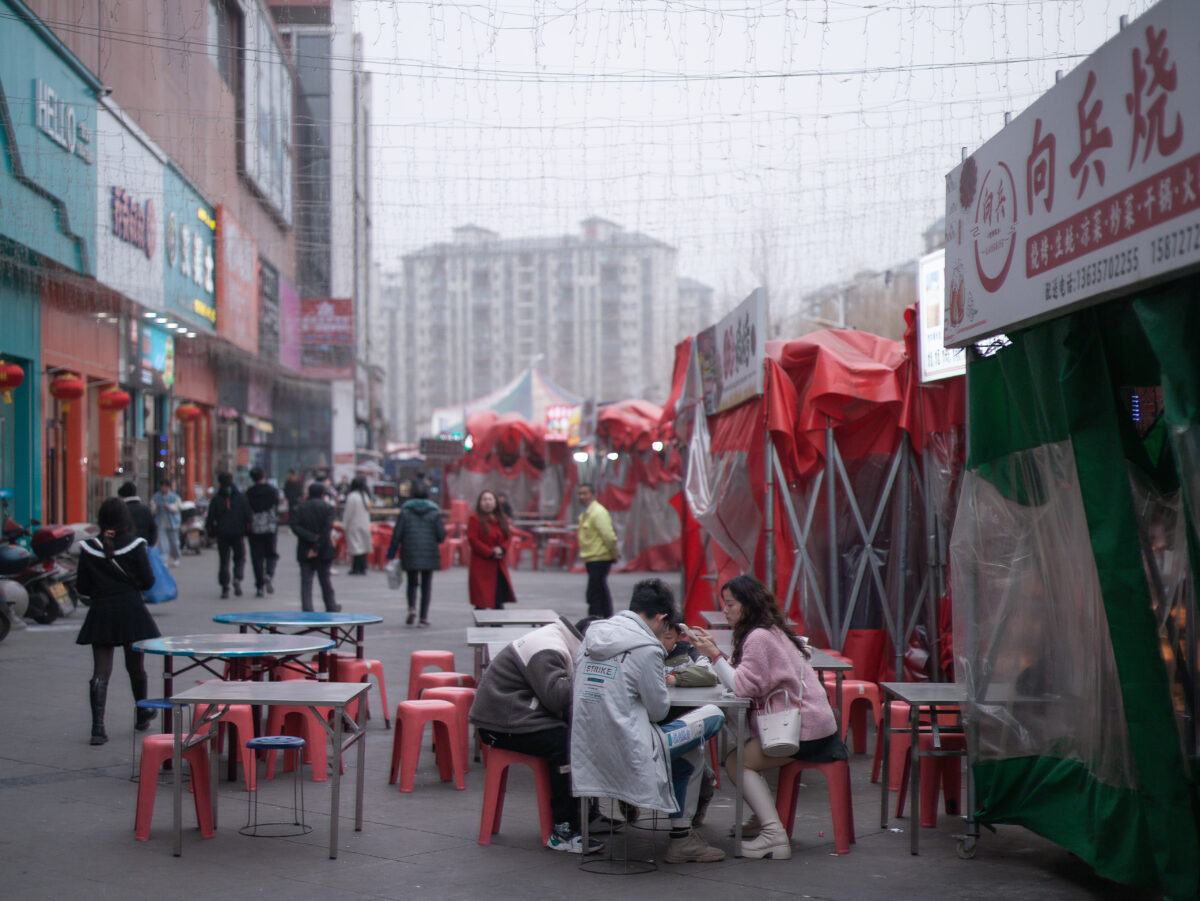Why get an old digital back when you could get a modern mirrorless medium format camera? I wrote a blog post about buying a Fujifilm GFX and selling it again last year. For me the GFX was designed for pixel peeper sharpness, lenses or sensor had not much pop to the images, they looked flat and “color science” was a step down compared to other Fujifilm cameras. Probably great for commercial product photographers but not something for me that is looking for something that can create a unique look.
I also bought a Kodak DCS 645 Pro Back (digital back) from 2002 (check my blog post about it here), and that digital back blew me away with it’s great colors and pop to the images. The Kodak DCS 645 Pro Back is a really clunky setup and I started looking for a more modern setup, which brought me to the Mamiya ZD.
Mamiya ZD – DSLR camera and digital back
Mamiya was one of the biggest producers of medium format film gear and of cause it would be logical for them back in the early 00’s to also produce a digital medium format camera / digital back. In 2004 they announced the Mamiya ZD but first started delivery of them in late 2006, and as far as I can read online at that time the camera was a bit obsolete in many ways.
The Mamiya ZD came in two models, a complete DSLR camera with camera body and digital back build together into a “small” (for medium format) camera, and a digital backs that fits for either Mamiya AFD cameras or Mamiya RZ cameras.
I was very intrigued by the Mamiya ZD DSLR camera for it’s small size for a medium format camera and ordered one on Ebay, but the camera had so many problem (mostly auto focus problems). Googling the Mamiya ZD camera it seems like a lot of those cameras have problems today. I returned the camera and instead went for a Mamiya ZD digital back that fits with my Mamiya AFD II and Phase One DF+ camera. This is a cheaper solution, and maybe also more future proof (when the digital back breaks you can replace it, if the camera stop working you can replace it, with Mamiya ZD DSLR you have to replace the whole thing if something breaks), and auto focus is also faster on the Phase One DF+ with a more modern lens selection.
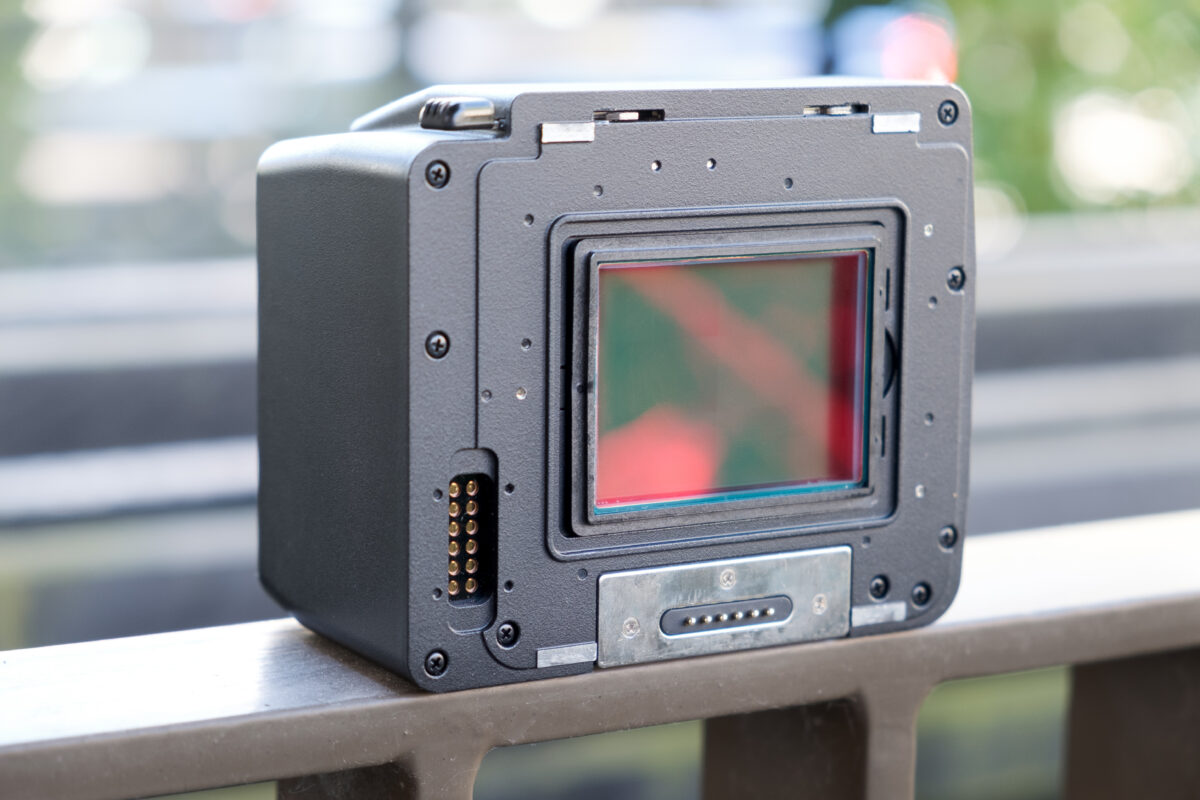
The specs of the Mamiya ZD (DSLR or digital back is as follows):
- 22 megapixel CCD sensor
- Sensor size is 48x36mm (larger than Fujifilm GFX or Hasselblad X cameras)
- Crop factor is 0.72
- Iso goes from 50-200 but always use iso 50
- CF-card and SD-card slot. CF-card writing is faster so I prefer that. Also I didn’t have any problems with large 32 gb CF-cards like in other old digital backs that often only support max 4 gb.
- Firewire port for tethering
- Models supporting either Mamiya AFD / Phase One DF or Mamiya RZ67 cameras
My impression
So I brought the Mamiya ZD digital back together with my Phase One DF+ camera and the 80mm f2.8 + 110mm f2.8 Phase One Schneider lenses, on a trip to China visiting my wife’s family. I always look at photos on Flickr before I buy a camera, and I notice the sensor seem to enhance red and green colors, so I was thinking this would fit a China trip very well. And that turned out to be true, red colors very much pop and you almost have to desaturate the red when editing your photos. On the the other hand a lot of photos can be very grey, i.e. the street in your photos will often be completely grey where other cameras will often have a tint of blue. The colors are mostly shifted towards a green but that can be easily fixed. To my surprise the colors that shines the most on this sensor is pink, check out the photo below or check out Oleg Portnov’s photos on Flickr. For me living in Denmark (often long grey winters, architecture and city design is often very colorless) the Mamiya ZD doesn’t really work, and except for some colors the Mamiya ZD’s colors are not that beautiful.
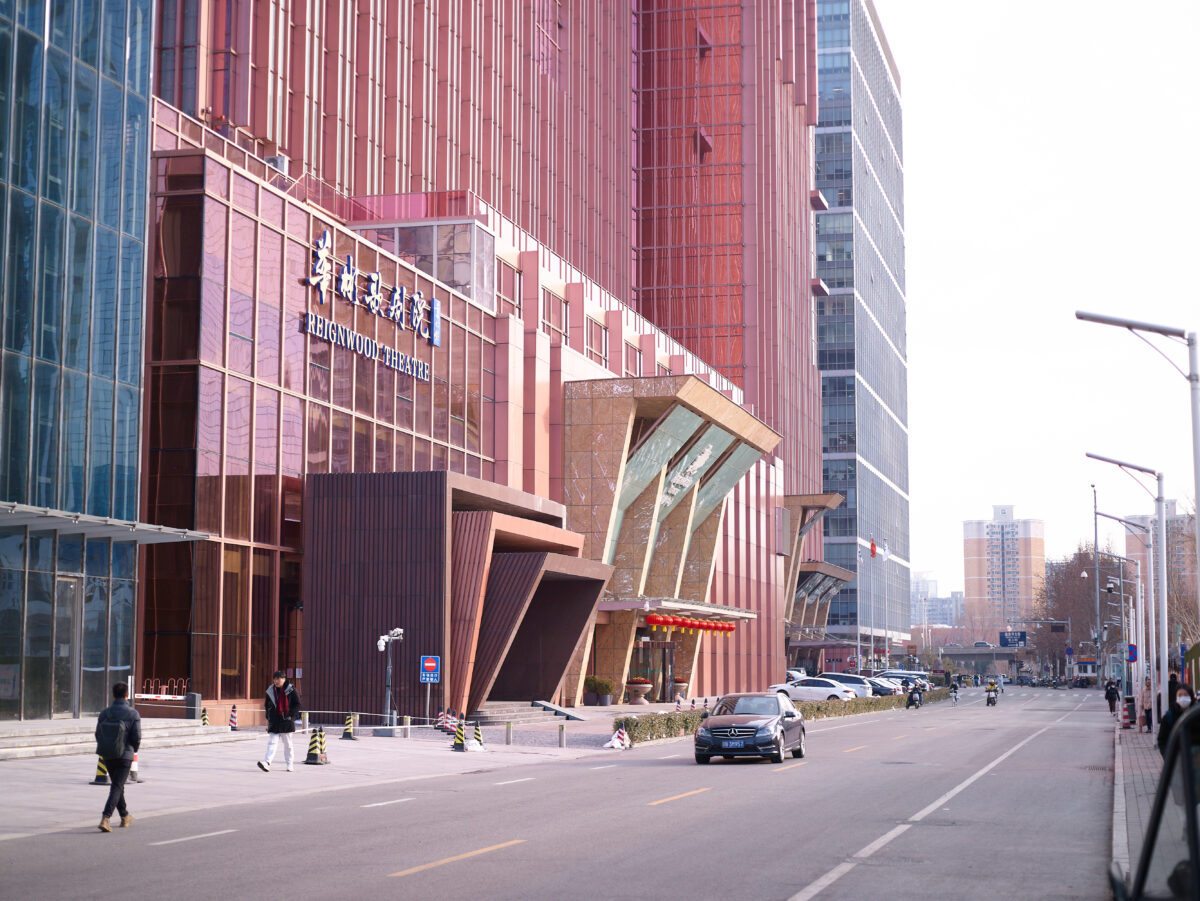
The photos are very sharp, maybe the sharpest I have seen. Compared to i.e. my Hasselblad H2 with either a CF-22 or CF-39, or the Fujifilm GFX 50S II i tried last year, is way softer. I think it both comes down to the Mamiya ZD’s sensor but also the great Phase One Schneider or Mamiya AF lenses. Images look sharp with a great pop to them.
I don’t find any official specs about the Mamiya ZD’s dynamic range, but several people in forum posts mention that it’s 12 stops of dynamic range. I think that fits what I have experienced, both highlight and shadow recovery is very good, I was quite surprised. That also makes this camera good in high contrast situations like night cityscape or mid day photography, which is a great.
I was using Adobe Camera Raw to edit the raw files but later started using Capture One (the photos in this post are a mix of both), and I think Capture One is superior. Like with most cameras sharpness is just better in Capture One and colors seems to look good out of the box with no color tints.
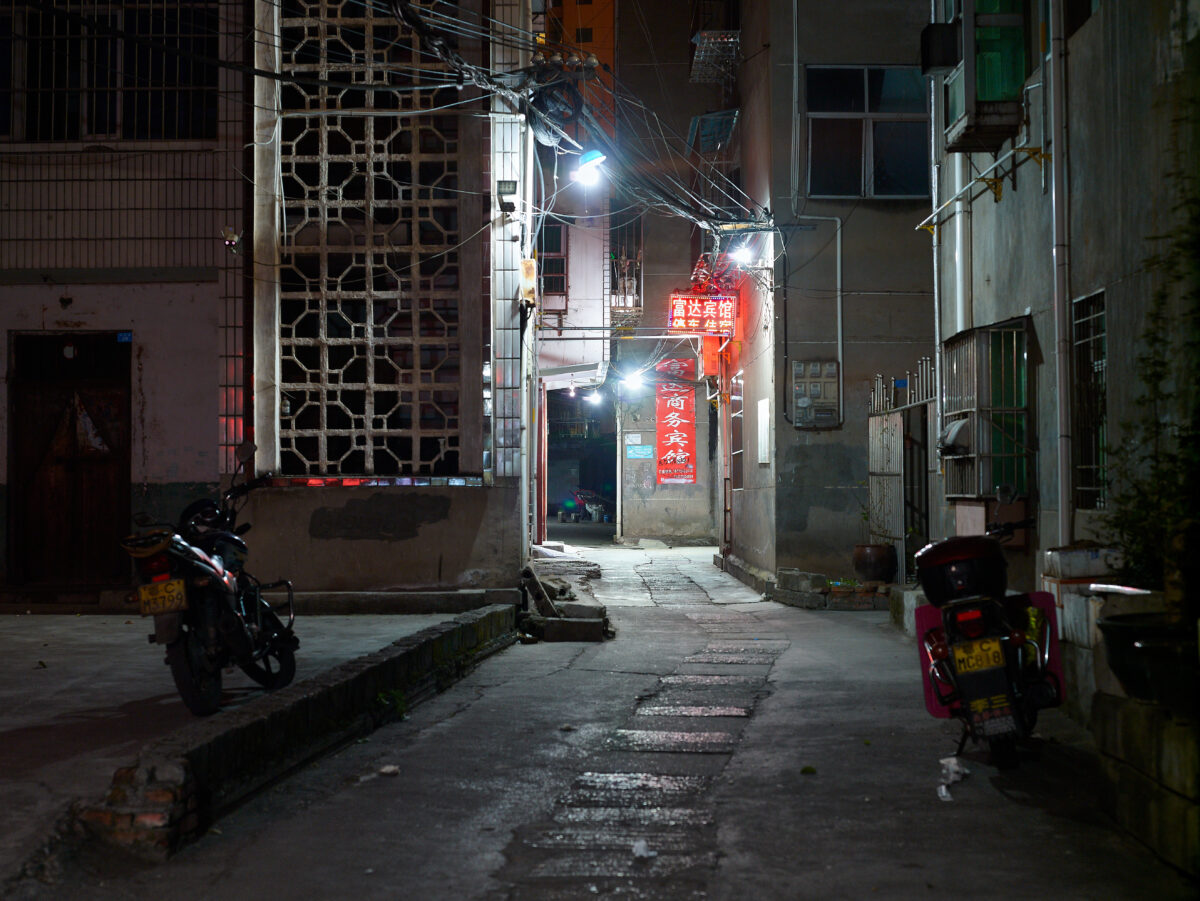
The base iso is 50 and even though it goes up to iso 400, for old digital backs you should only use base iso. For my Kodak DCS 645 Pro Back base iso is 100, so the Mamiya ZD gives you 1 stop less light to use, which is a problem when the sun is getting low on the sky (and there is of cause no image stabilization on these cameras and lenses are longer requiring faster shutter speeds).
Obstacles and tips
The Mamiya ZD was designed for the Mamiya AFD, but also works on newer cameras. I used it on my Mamiya AFD II (without problems) and also with my Phase One DF+ (with some issues). The Phase One DF uses a bit of different protocol to talk with the digital backs. Phase One DF+ has a Mamiya ZD compatibility mode in the custom function menu, and unless you turn that on the older Mamiya AF lenses would give me a strange pink flare on the left side of each image. For the more modern Schneider lenses it wasn’t a problem. It could be random but I did notice that the camera locked up a few times when I used the Mamiya ZD compatibility mode. To enable it: Custom Functions -> C-97 Support for Mamiya ZD backs -> set to 1.
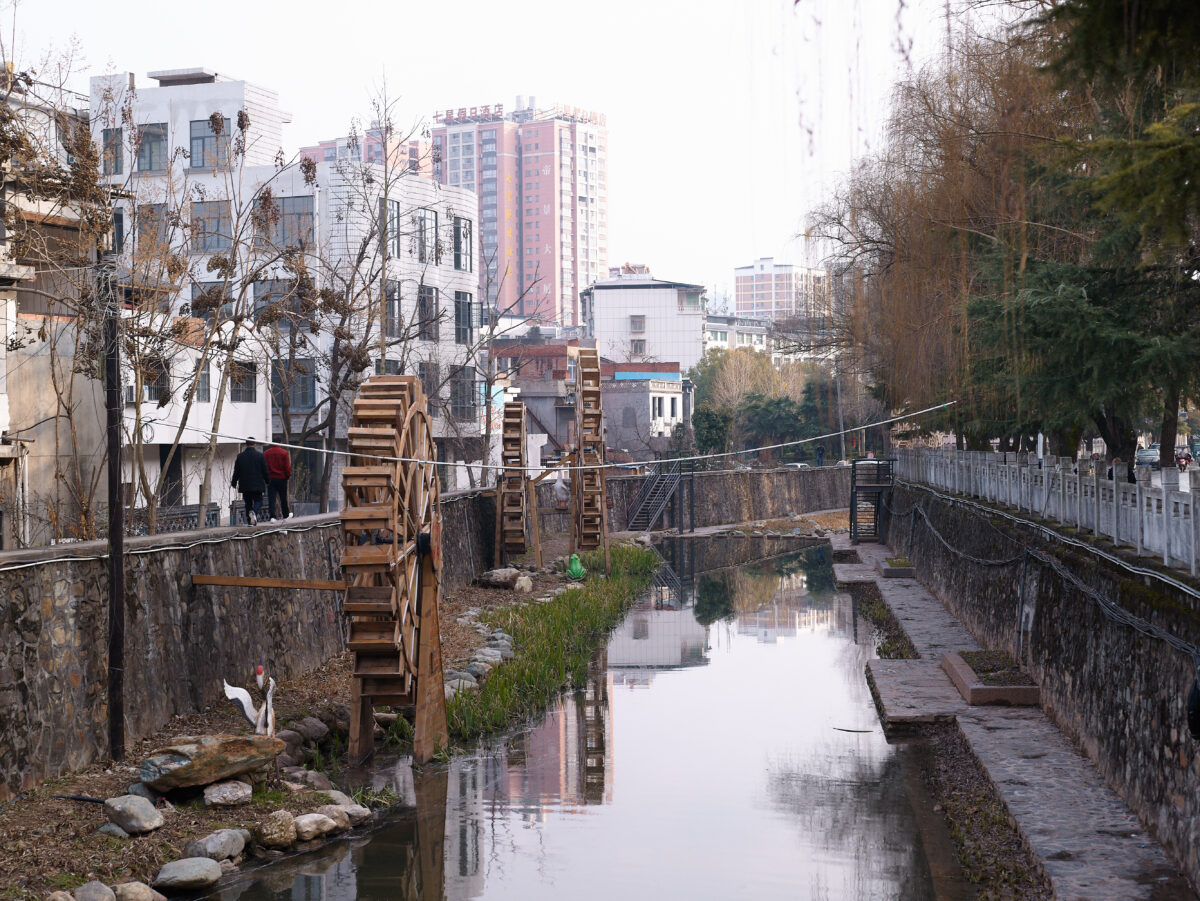
With digital backs the sensor size often results in odd focal lengths, the lenses are designed for the Mamiya 645 system with 645 size film. So a 80mm is a 50mm (full frame equivalent) on the original Mamiya 645 cameras with film, but on Mamiya ZD the 80mm is a 57mm. That is actually a pretty good focal length, in the old days 56mm lenses where common but now it’s always 50mm. I find 50mm (full frame) to be too short, and 85mm (full frame) to be too long. 56mm or 60mm is actually a really good length for cityscape, isolating subjects but still with some context. So the 80mm is a good length, but other lenses might not fit what you need. I.e. the 35mm is a great focal length on full frame but on Mamiya ZD the 55mm is a 40mm and the 45mm is a 32mm.
The histogram is important on these old digital backs because of the small low quality back screens, but on the Mamiya ZD it was hard to figure out how to activate it. Do get the histogram to show, first show your images by pressing the Display button, then hold down the Info button and pres either up or down arrow to cycle through the display options like the histogram.
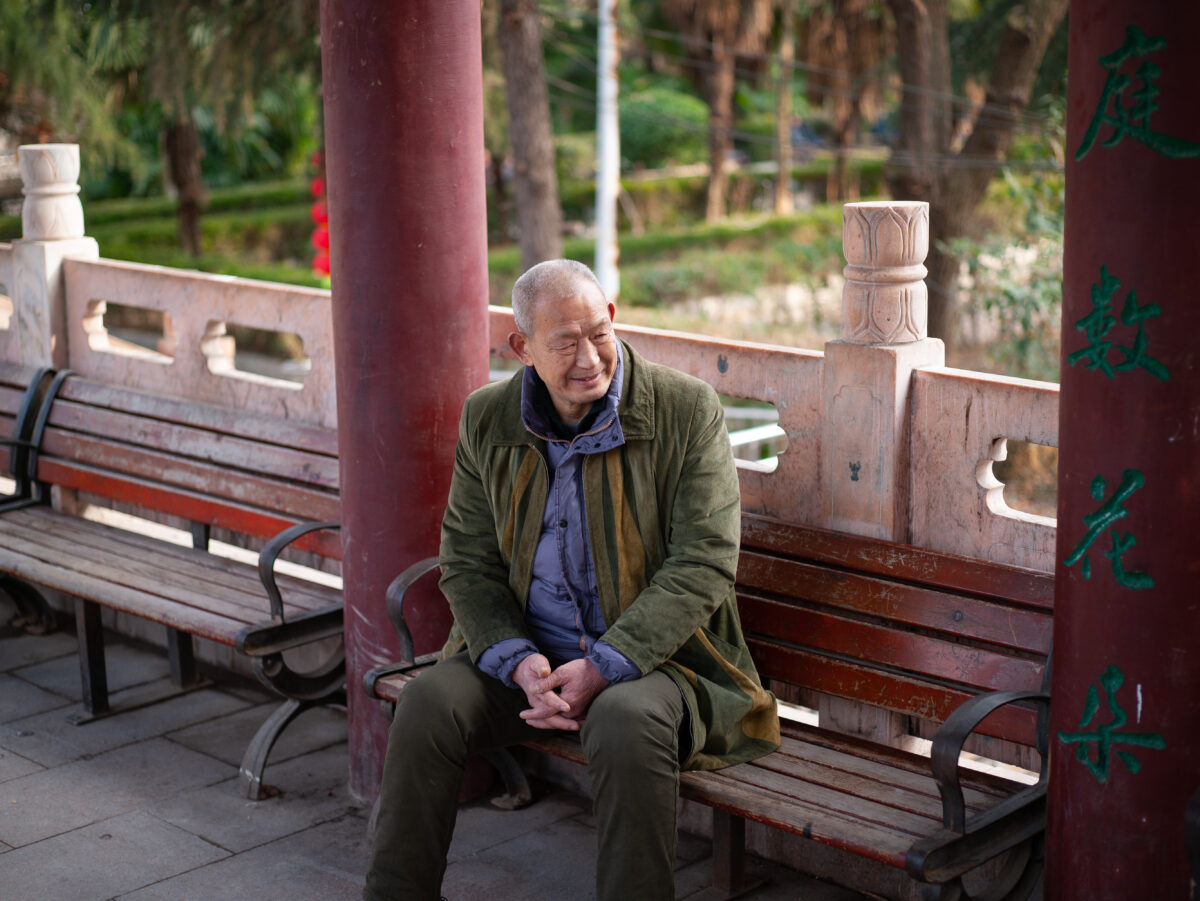
The batteries that came with my Mamiya ZD only had limited charge back in them, there are 3rd party back for sales (but people report problems with them in forum posts). I found out by accident that the batteries are the same as the Konica Minolta 5D camera and those cameras can often be found close to free if you look at your local marketplace sites.
Wanted
Help me find these two things I’m missing and I will share them here on the blog:
Firmware: I read people mention a newer Mamiya ZD firmware for download (1.10 I think), but cannot find it anywhere. If you have it please contact me.
Tethering software: to do tethering you cannot use Capture One but instead have to use Mamiya Digital Photo Studio. Someone was so nice to share the Windows version but I would love if someone could share the Mac version. If you have the Mamiya Digital Photo Studio for Mac please contact me.
The Windows version is for download here: Mamiya Digital PhotoStudio Windows.zip
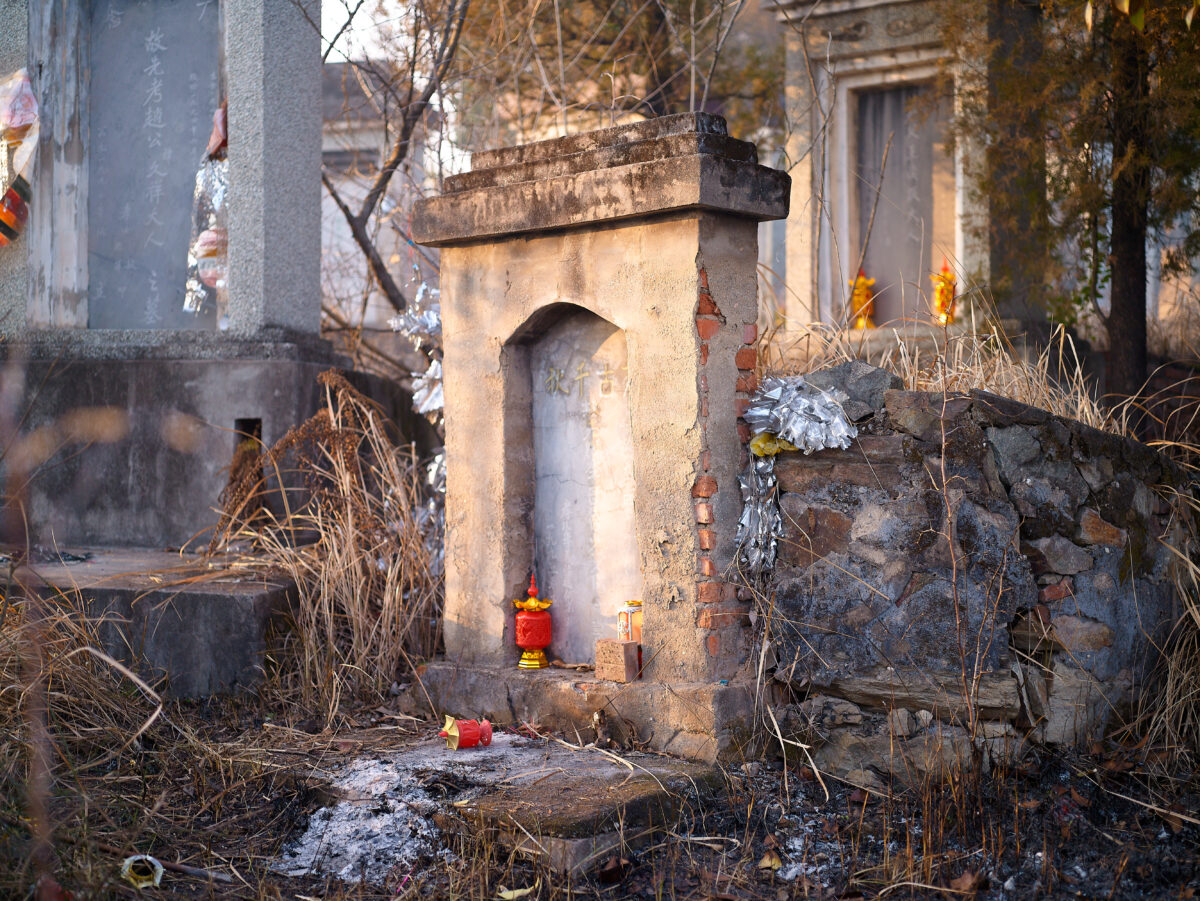
Sample Raw Files
Want to see on your own how the Mamiya ZD raw files perform? I have put raw files of the images from this post in this zip file for download here.
Video
Watch this blog post in video format.
Conclusion
It’s not my favorite digital medium format setup but it definitely has it’s place, and I will be keeping it. The colors from the sensors was great for my China trip, and some colors really looks good on that sensor. Though not something that really fits the scenes here where I live in Denmark, maybe a great option if you live or travel to more colorful places. The sharpness of the sensor and the Phase One lenses are amazing, some of the best I have tried so far.
Among the digital medium format options I have tried, Mamiya ZD is one of the only worth keeping together with the Kodak DCS Pro Back. Here are some of the other digital medium format options I also recently tried but didn’t keep: Phase One P45+ (sharp images but poor color), Leaf Aputus 22 (unsharp and average colors), Hasselblad H2D / CF-39 (unsharp, boring colors), Fujifilm GFX (not as good as Fuji X colors, flat and clinical lenses).
So this is a niche product, for niche photographers, if you are one of those maybe the Mamiya ZD could be interesting.
Update: More photos here added after review was made
